Ankerwycke is a small corner of riverside farmland and historic parkland on the north bank of the Thames at Runnymede. Planes fly over constantly, in and out of Heathrow and there’s a continuous drone from the M25 half a mile downstream, yet this place still remains a hidden green sanctuary. Runnymede gets all the visitors and Ankerwycke gets overlooked.
We followed the circular walk.
We were greeted by warning honks from the farmyard goose on its trailer home.
We came down through Orchard Meadow to a pond beneath two willow trees, but it’s only now as I look at this photo that I notice the large tree in the distance, festooned with great balls of mistletoe.
Across Little Day Meadow and through a pair of kissing gates into The Park.

Ankerwycke Park was only opened to the public in 2011.
We crossed the field to the Thames, threading our way through the riverside tanglewood.
Over the footbridge through Ankerwycke Mead, also known as Black Walnut Mead because of the large black walnut tree in the meadow beyond. We crossed the bridge to the island of Ankerwycke.
Eventually we came upon St Mary’s Priory.
These crumbling walls were once a nunnery, built during the reign of Henry II and dedicated to St. Mary Magdalene. Following the dissolution of the monasteries the priory passed into private hands, and was patched up many times over the years. During the 19th and 20th centuries much of the surviving building fell into disrepair, and today only a few overgrown walls remain.
Then a little further on we found the ancient Ankerwycke Yew.
The National Trust’s oldest tree, this iconic 2,500 year old yew is steeped in history. According to popular belief, it was beneath this tree that King Henry VIII courted Anne Boleyn, and some reports suggest that he even proposed in its shadow. While Magna Carta is said to have been sealed at Runnymede, there are those who argue that the event actually took place on the other side of the river, perhaps under this very yew.
Allen Meredith believes that the enormous yew on an island in the Thames at Ankerwyke, Buckinghamshire is an ‘axis mundi’, the sacred centre of tribal territory. He has placed the signing of the Magna Carta under its branches, rather than at the park marked Runnymede across the river – Rune mede was where the Saxons met to consult the runes. With a girth of more than 31 feet it is thought that the Ankerwyke yew would have been big even then; it is perhaps two and a half thousand years old.
England In Particular: Sue Clifford & Angela King
Two thousand years ago, this ancient Yew could well have been used in ritual worship by the Druids, who are known to have revered Yews as sacred trees. One thousand years later, anchorites resided near its shade, a monastic convent being founded by them around 1160. However, its crowning glory and place in history came on 15 June 1215, when King John famously signed the Magna Carta – the closest these islands have ever come to a constitutional bill of rights – within earshot of this very spot.
The Yew sits on Ankerwyke Island and is bounded by the River Thames on two sides, with inlets of water on the other two. It can be reached on foot by a narrow isthmus and is secluded to the point that it evokes a lost world or secret garden atmosphere.
In 1806, Dr Samuel Lyons measured the tree’s girth at around 9m (over 30ft). By 2007, it was nearer 8m (26.2ft), so it is probably in a state of decay, but to say it has stopped growing would be a mistake – two of the branches droop to the ground where they have re-rooted and started new trees, while still attached to their parent, and the once-hollow trunk is almost filled with its own root growth, confirming the Yew’s remarkable ability to regenerate over millennia.
Britain’s Tree Story: Julian Hight
The Ankerwycke Yew is an ancient yew tree close to the ruins of St Mary’s Priory, the site of a Benedictine convent founded in about 1160 in Ankerwycke near Wraysbury in Berkshire, both of which have been in the care of The National Trust since 1998. It is a male tree with a girth of 8 metres. It is at least 1,400 years old and could be as much as 2,500 years old. On the opposite bank of the River Thames are the meadows of Runnymede. The name Ankerwycke is possibly derived from the religious order of Anchorite and the word Wycke meaning wooded island.
The Ankerwycke Yew at Runnymede
The Ankerwycke Yew may originally have come from a tree in Egypt in a tradition of branch or staff carrying… The origins of the site and the yew tree are certainly ancient… It seems most likely that this place was once a nemeton, i.e. an ancient Druidic site or centre with a sacred tree… Ankerwycke is a raised Bronze Age burial mound and would have been a nemeton before it was a Saxon site. A nemeton was a sacred space of ancient Celtic religion, where ceremonies were held and incorporated the modern idea of a shrine or temple. At one time too there were carved, inscribed stones which have been reported as having been on the site.
The Ankerwycke Yew, Living Witness to the Magna Carta: Janis Fry & Allen Meredith
It’s an epic tree with thousands of years of history stored in its roots and tangled in its branches.
The Ancient Tree Forum even suggest it could be as much as 4000 years old. It’s mind boggling!
Magna Carta and the Ankerwycke Yew
※
Back home I consulted my copy of The New Sylva: A Discourse of Forest & Orchard Trees for the Twenty-First Century, where I discovered this drawing of the Ankerwycke Yew by Sarah Simblet.
Under the boughs of the Ankerwycke Yew near Runnymede in Surrey, King John sealed Magna Carta, the foundation of England’s constitution, which led ultimately to the demise of Forest law. The age of this European yew (Taxus baccata) is unknown, but it is certainly older than two thousand years, and its girth measures more than eight and a half metres.
The New Sylva: Gabriel Hemery & Sarah Simblet
※
If you enjoyed this post you might also like Vale Of Yew and perhaps The Long Man Of Wilmington – there’s a grand churchyard yew at the end.



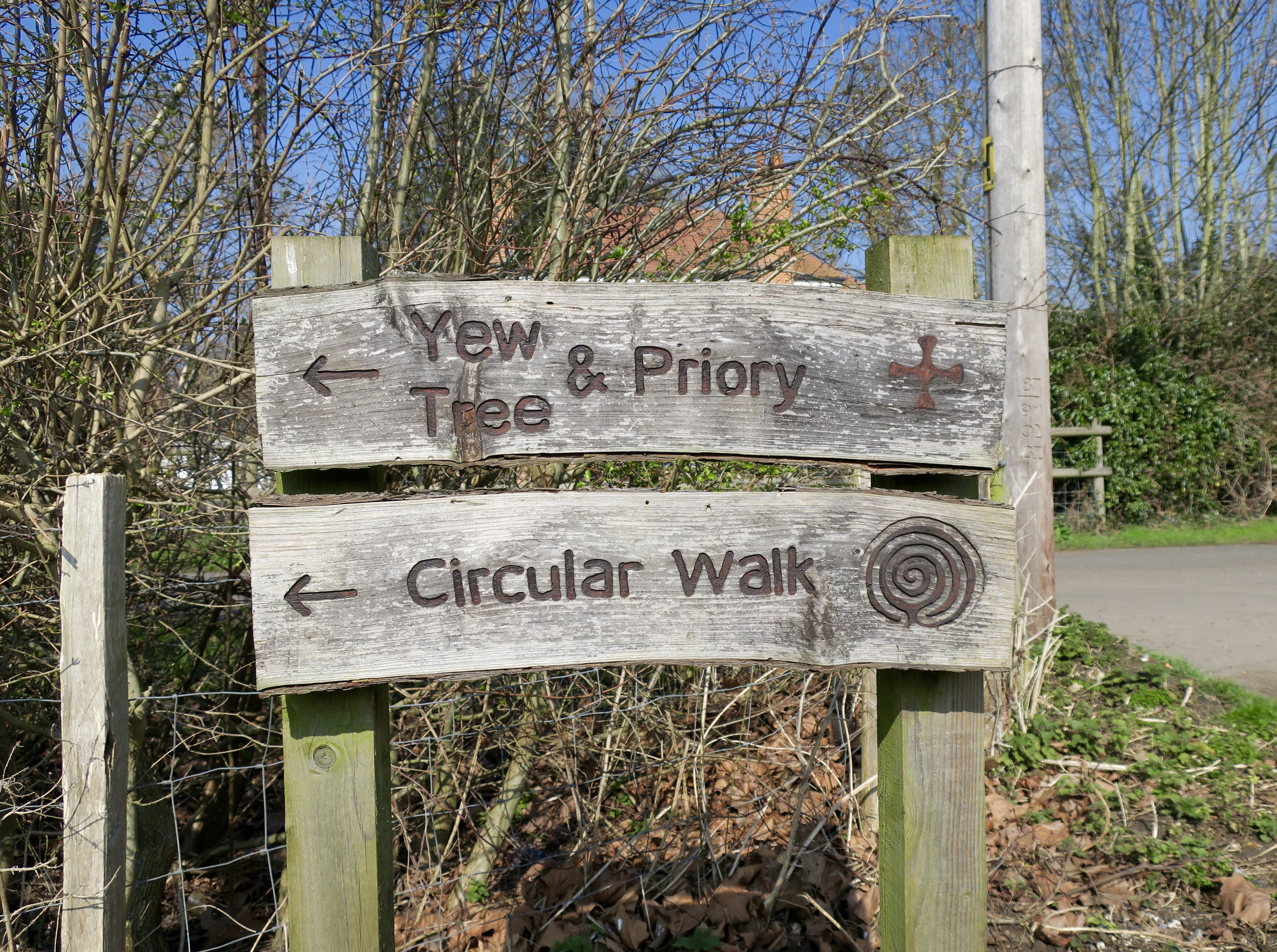

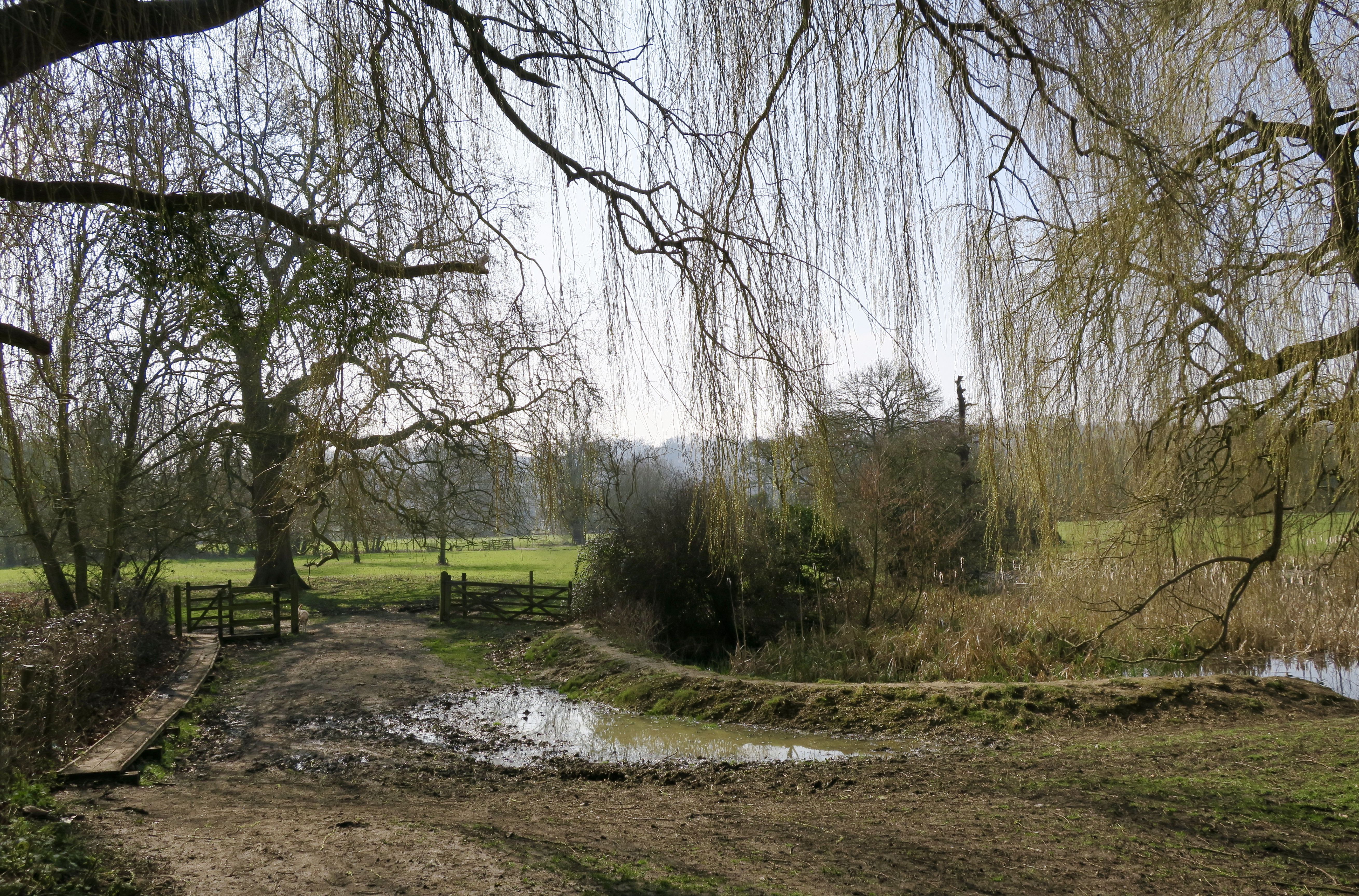
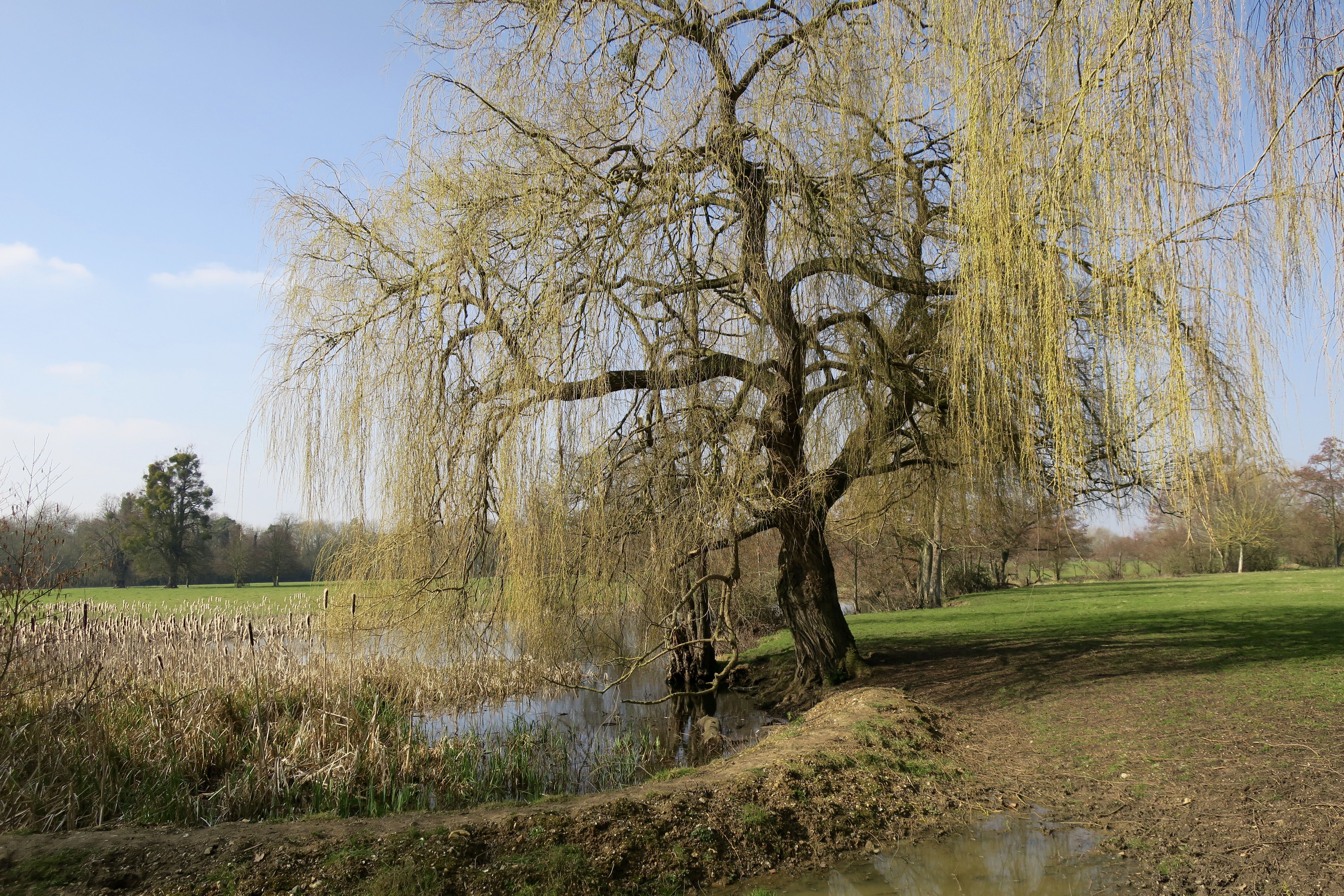




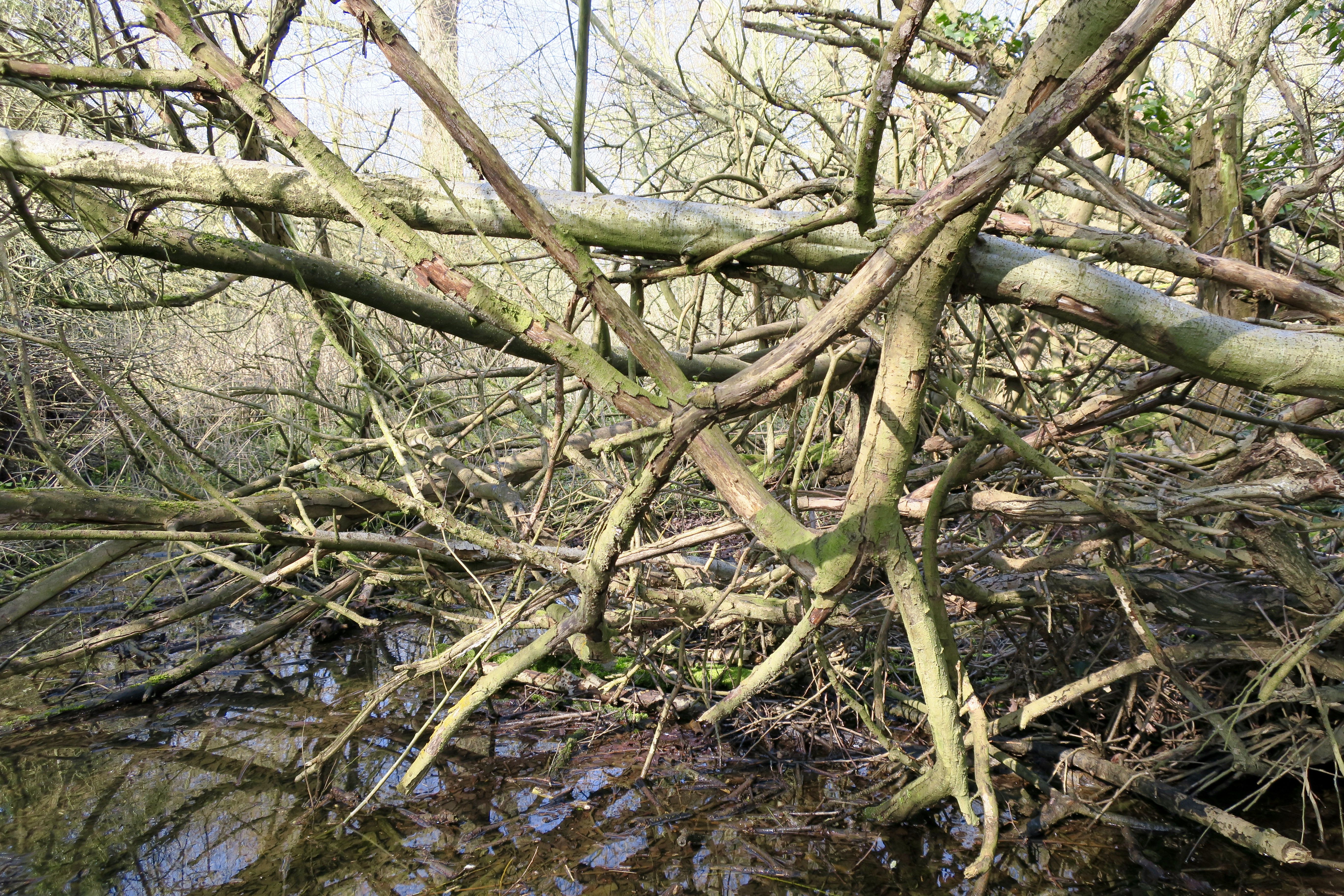
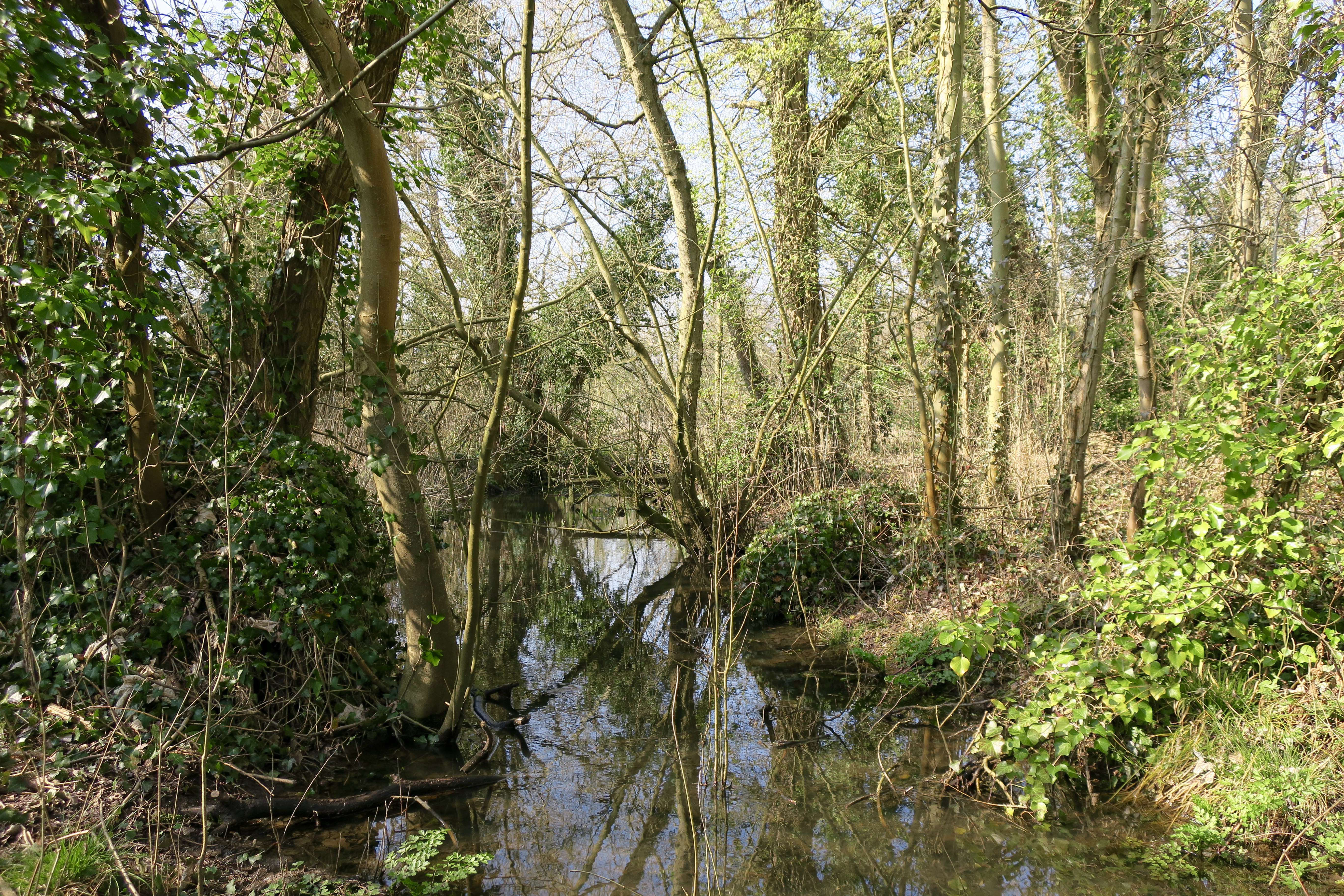
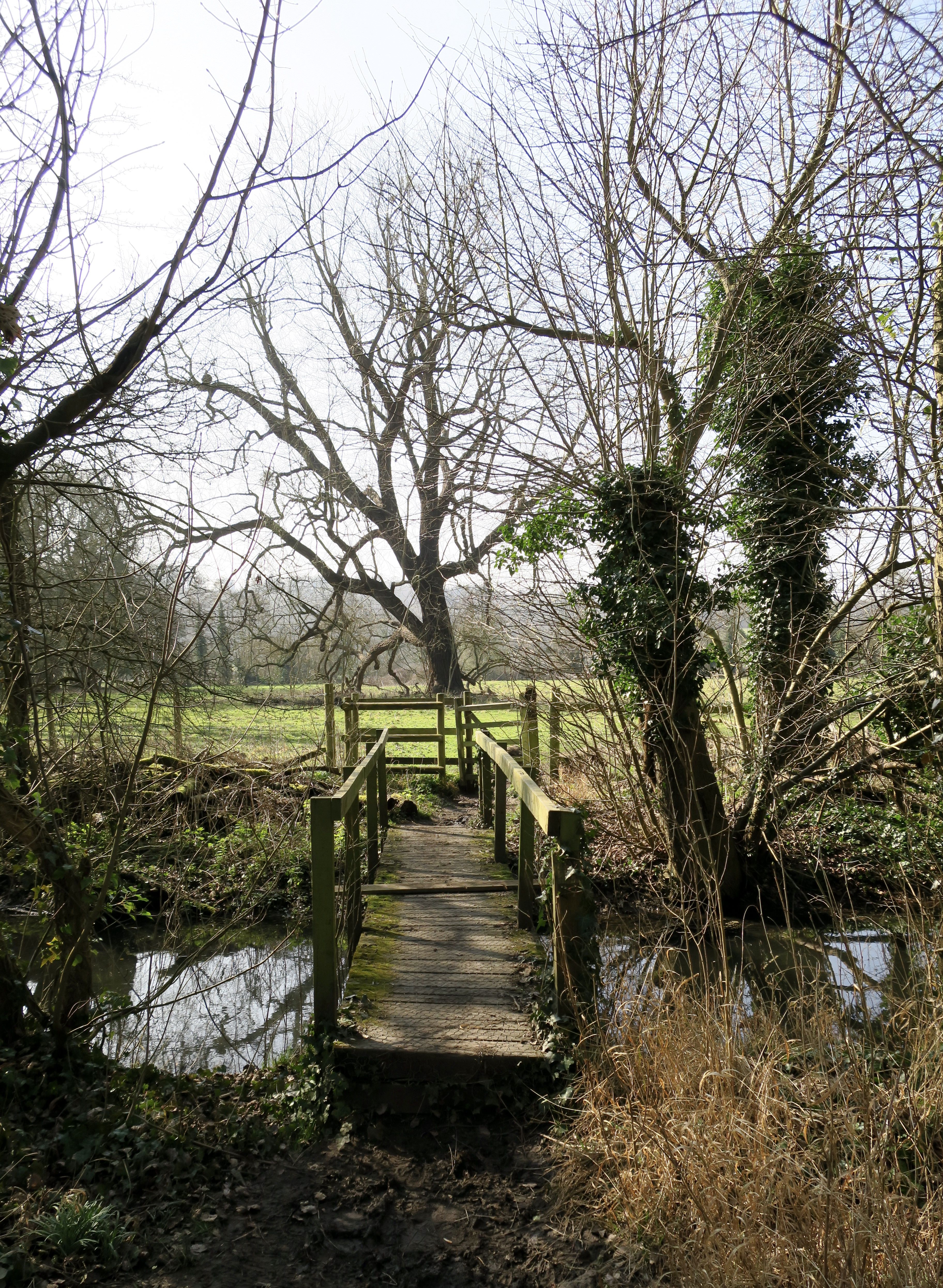
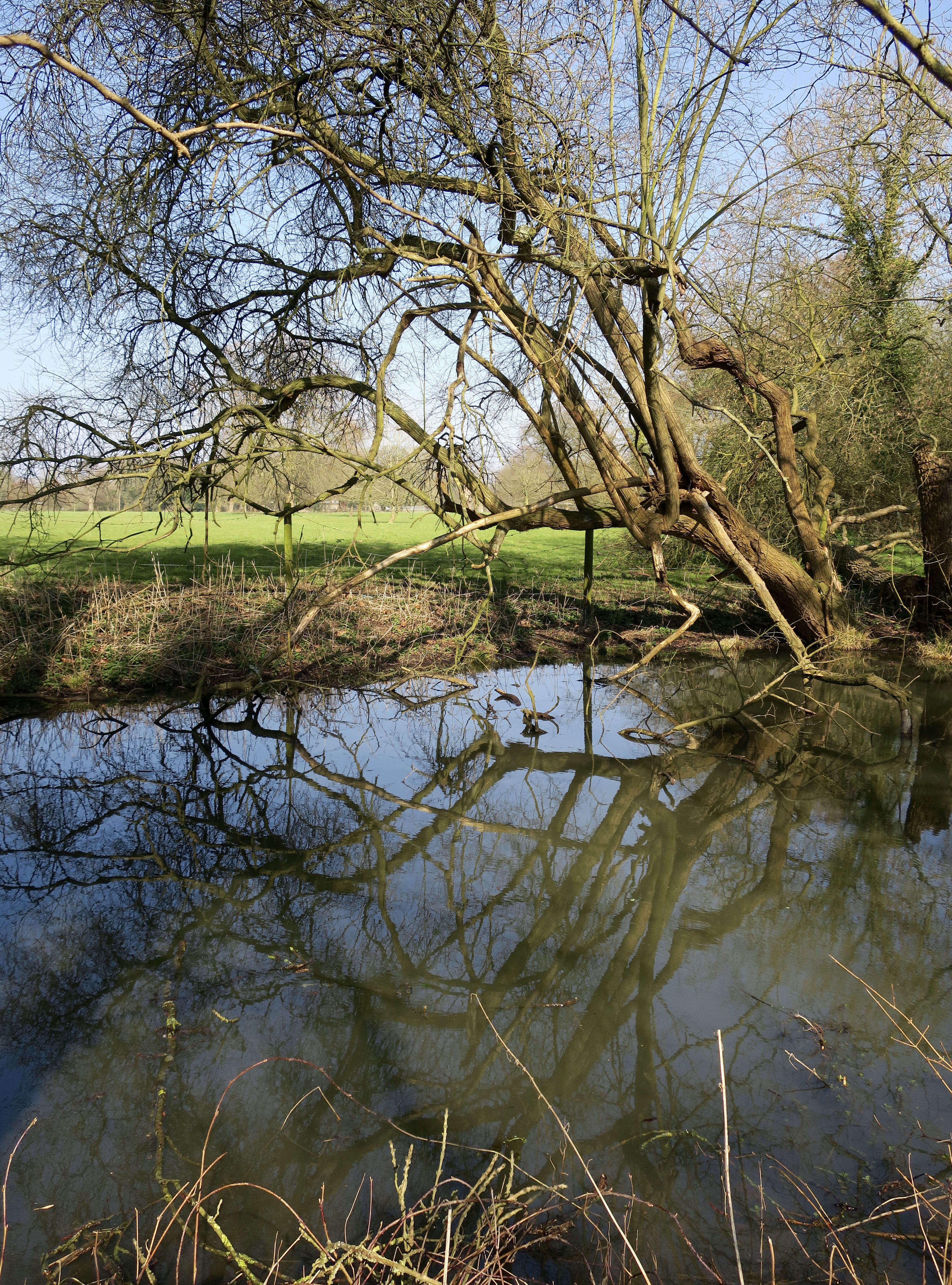

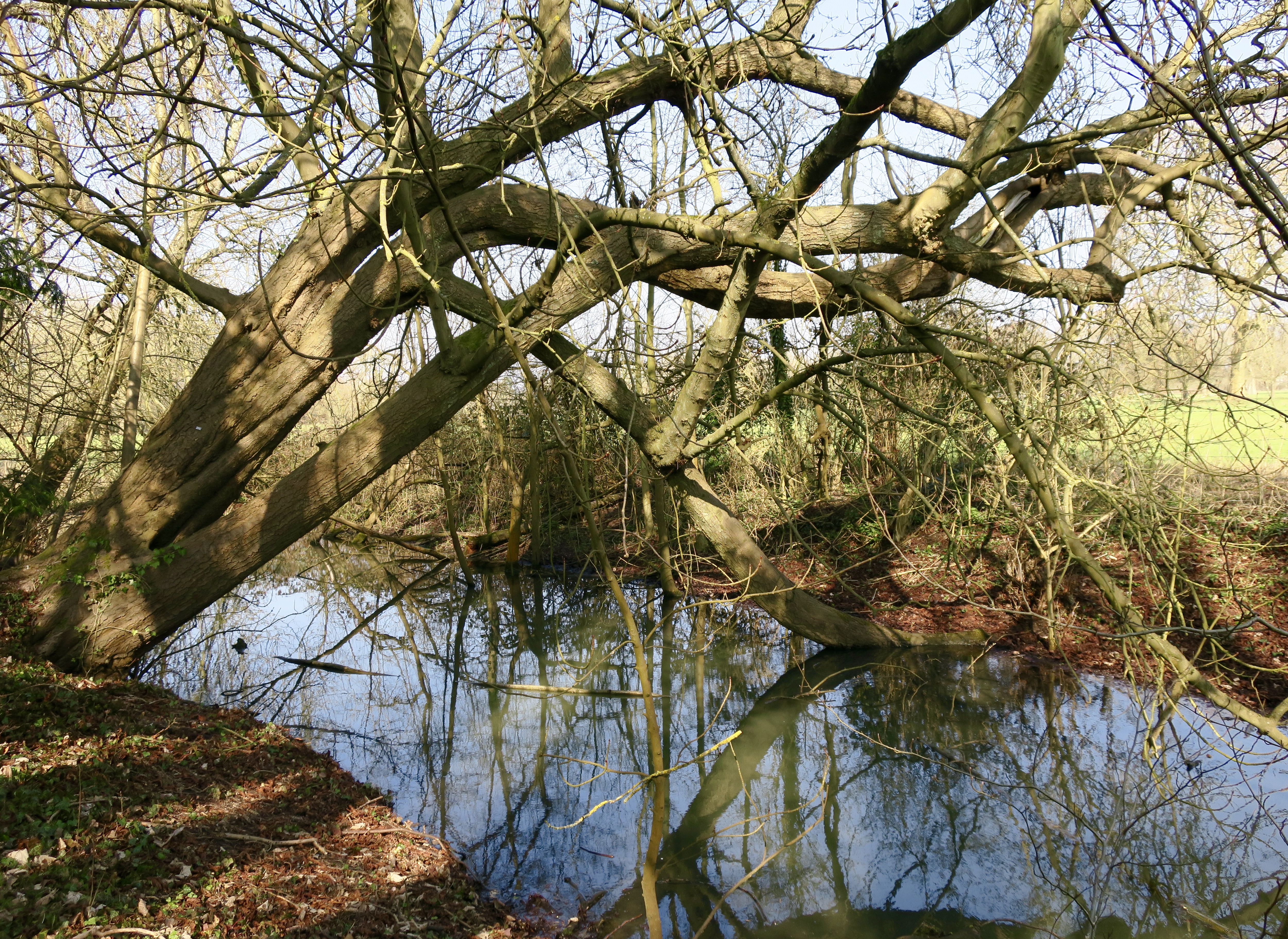
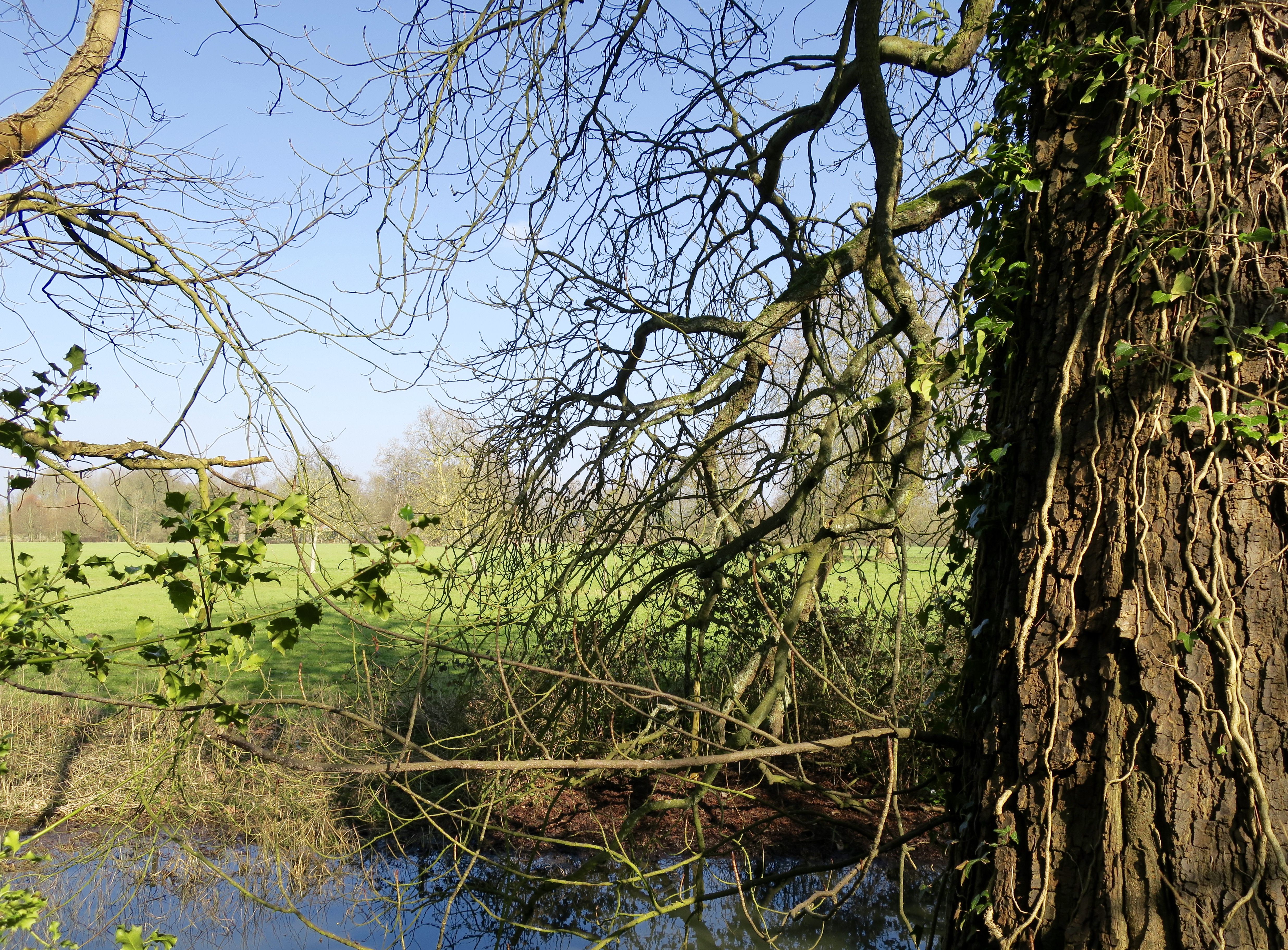
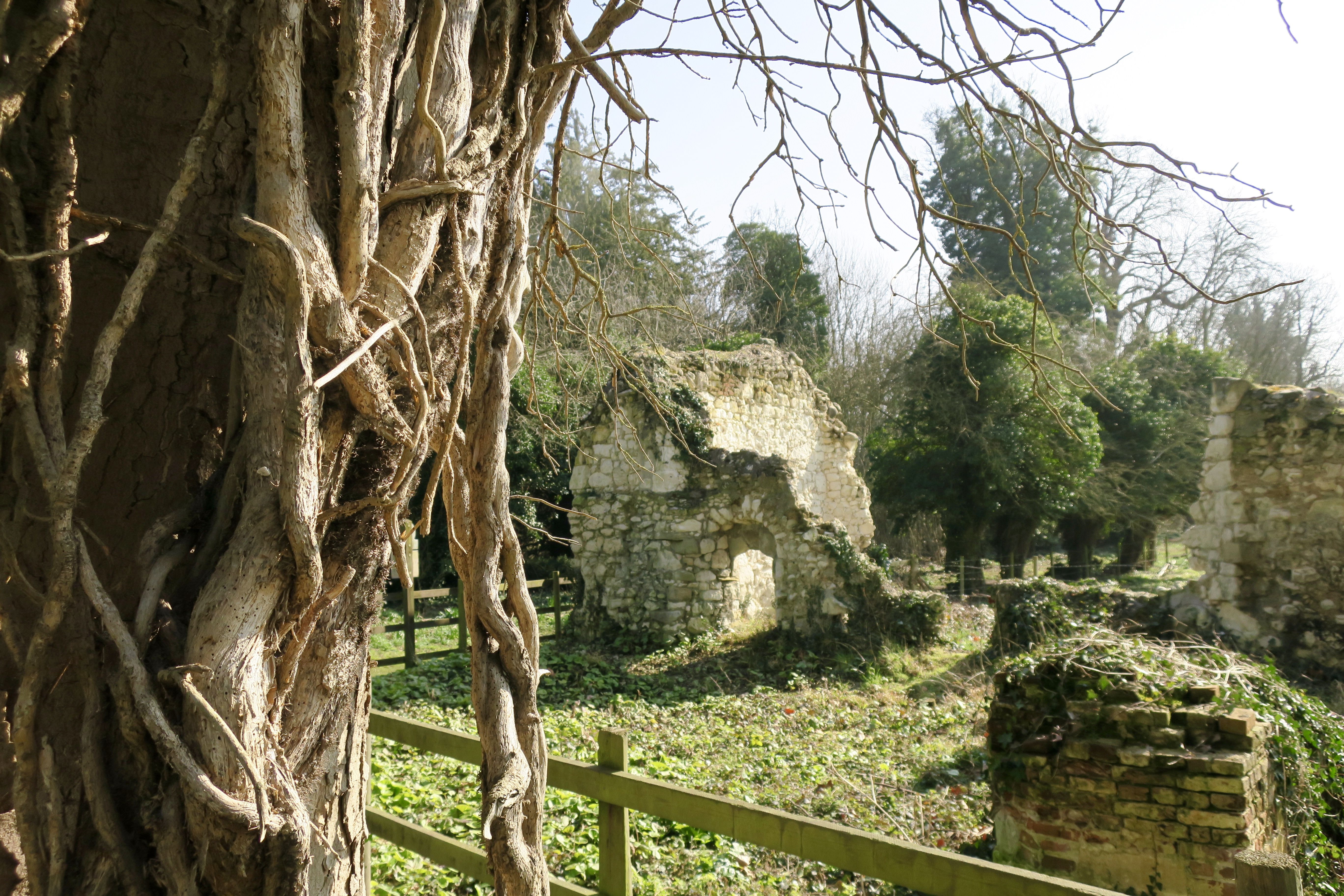
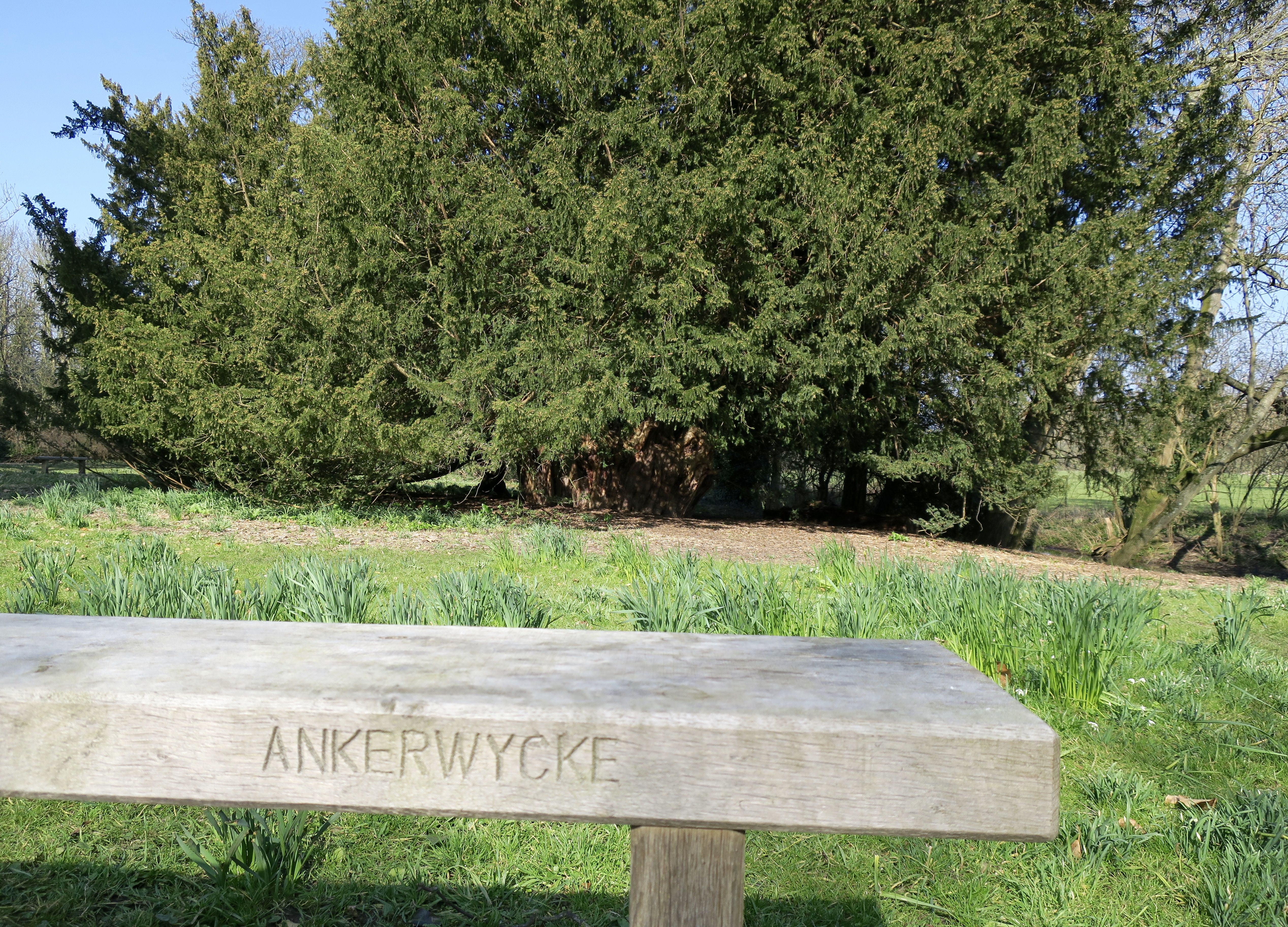
















Stunning Thank you!— recommended also – michael dunning – yew shaman for further more in depth understanding of this sacred being…the yew tree…its a remarkable and astounding story.